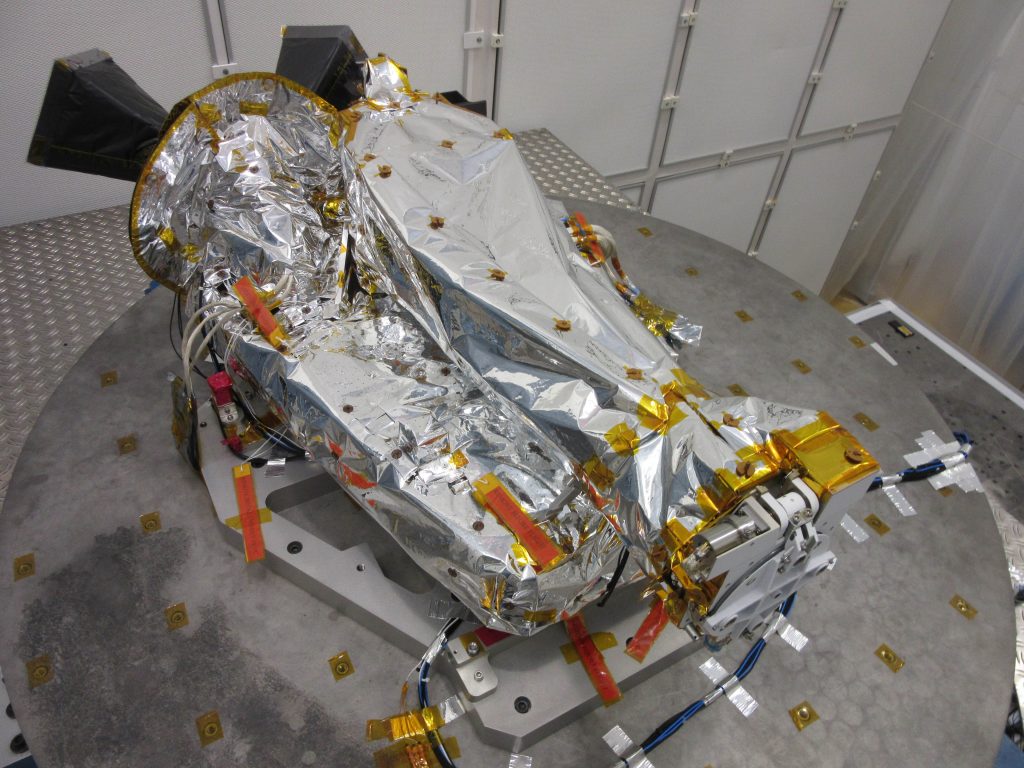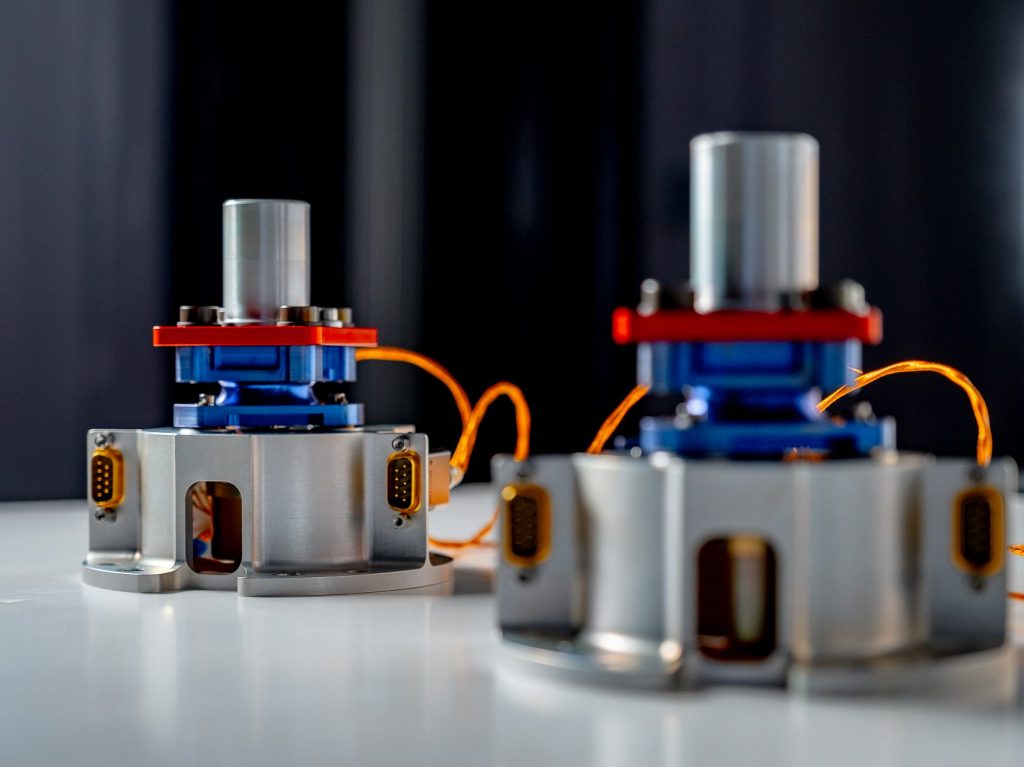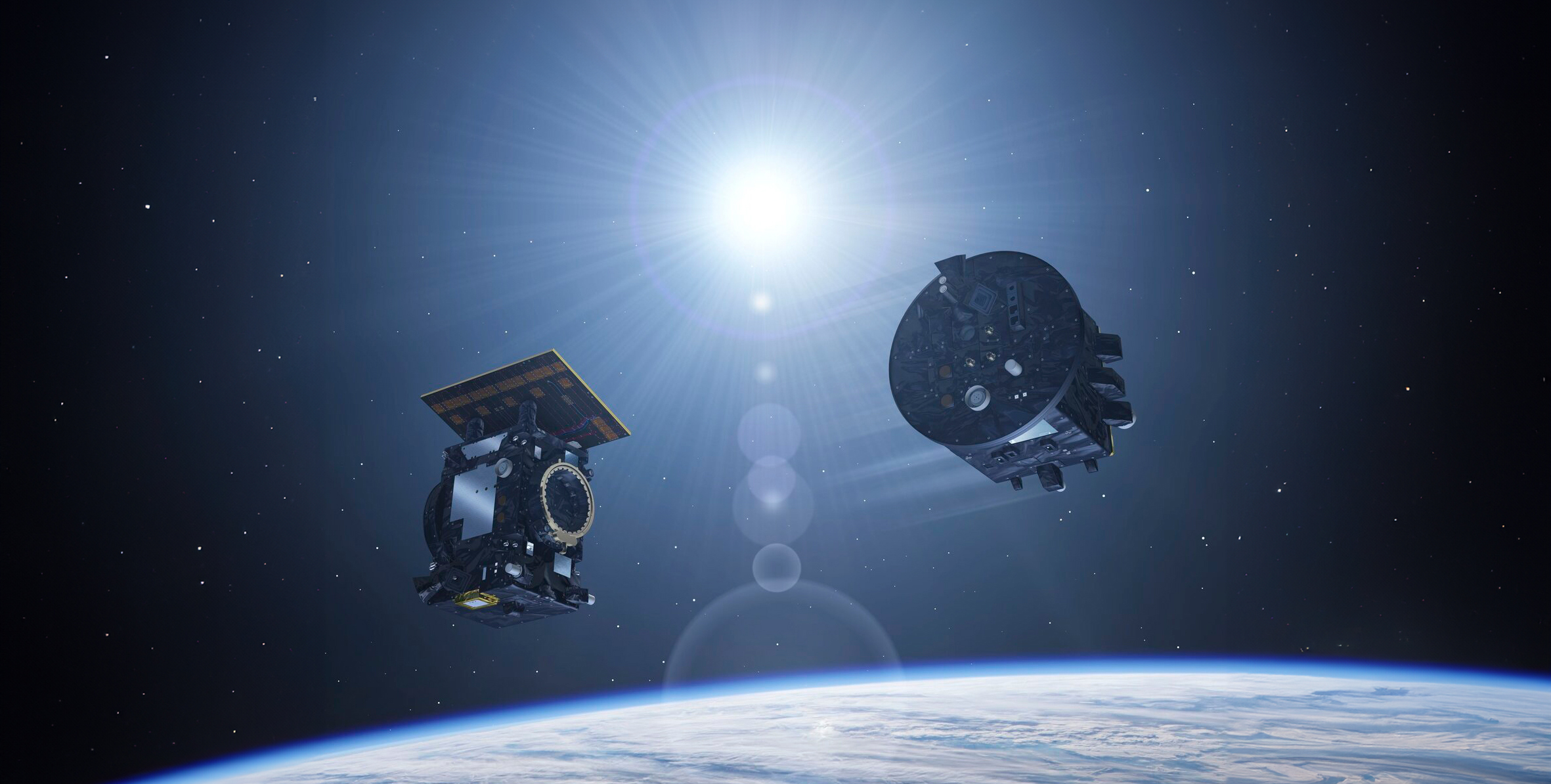Stoneshield Data Center
 About us
About us About us / section
About us / section Markets
Markets Markets / section
Markets / section Projects
ProjectsAEROSPACE & DEFENSE
ENERGY
MOBILITY
More results
 Careers
Careers Careers / section
Careers / section About us
About us About us / section
About us / section Markets
Markets Markets / section
Markets / section Projects
Projects Careers
Careers Careers / section
Careers / sectionProba-3 is ESA’s first precision formation flying space mission. Its objective is to demonstrate the readiness of this technology, and at the same time using it to perform scientific observation of the Sun’s corona, in conditions never achieved until now.
Precise formation flying technology will allow positionning the two Proba-3 satellites with a relative position accuracy of millimetres and a pointing accuracy of thousandths of a degree.
The satellites will demonstrate the readiness of such technology by performing in orbit a set of typical formation flying operations:
This will demonstrate that small independent platforms, easy to launch, can replace bulky structures, such as telescopes, and work as a single entity while achieving high performance.

Proba-3 will also perform scientific observations, taking images of the Sun’s corona through a coronagraph instrument placed in one of the spacecraft. Formation flying technology entails placing one of the two Proba-3 satellites in front of the instrument’s lens, thus blocking out the Sun’s disk and creating an artificial eclipse in flight. Doing this in space, at a distance of 150 m, will achieve unprecedented performance in coronagraphy and, therefore, will bring highly valuable scientific outcomes.
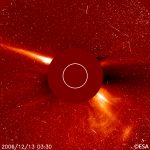
Most of the operations in Proba-3 will be done fully autonomously, with no intervention from the ground to actively control the formation. The Proba-3 satellites will be able to coordinate their own operations based on a pre-defined timeline defining activities for the next days. They also must be able to take autonomous decisions in case of failures happening during such operations, breaking the formation and putting the satellites in a safe configuration until ground is able to further investigate the issues.
Proba-3 space segment is made of two satellites. The first one, called Coronagraph Spacecraft (CSC), contains the main instrument (coronagraph). The second satellite, called Occulter Spacecraft (OSC), carries an occulting disk that cover the Sun’s disk as seen from the other satellite. The OSC, as leading entity for the formation flying system, also integrates the main metrology units used for formation flying, in particular a laser system and a set of cameras part of a visual-based system. The two satellites are launched in stack configuration, the OSC mounted upon the CSC, with the solar array of the CSC stowed.
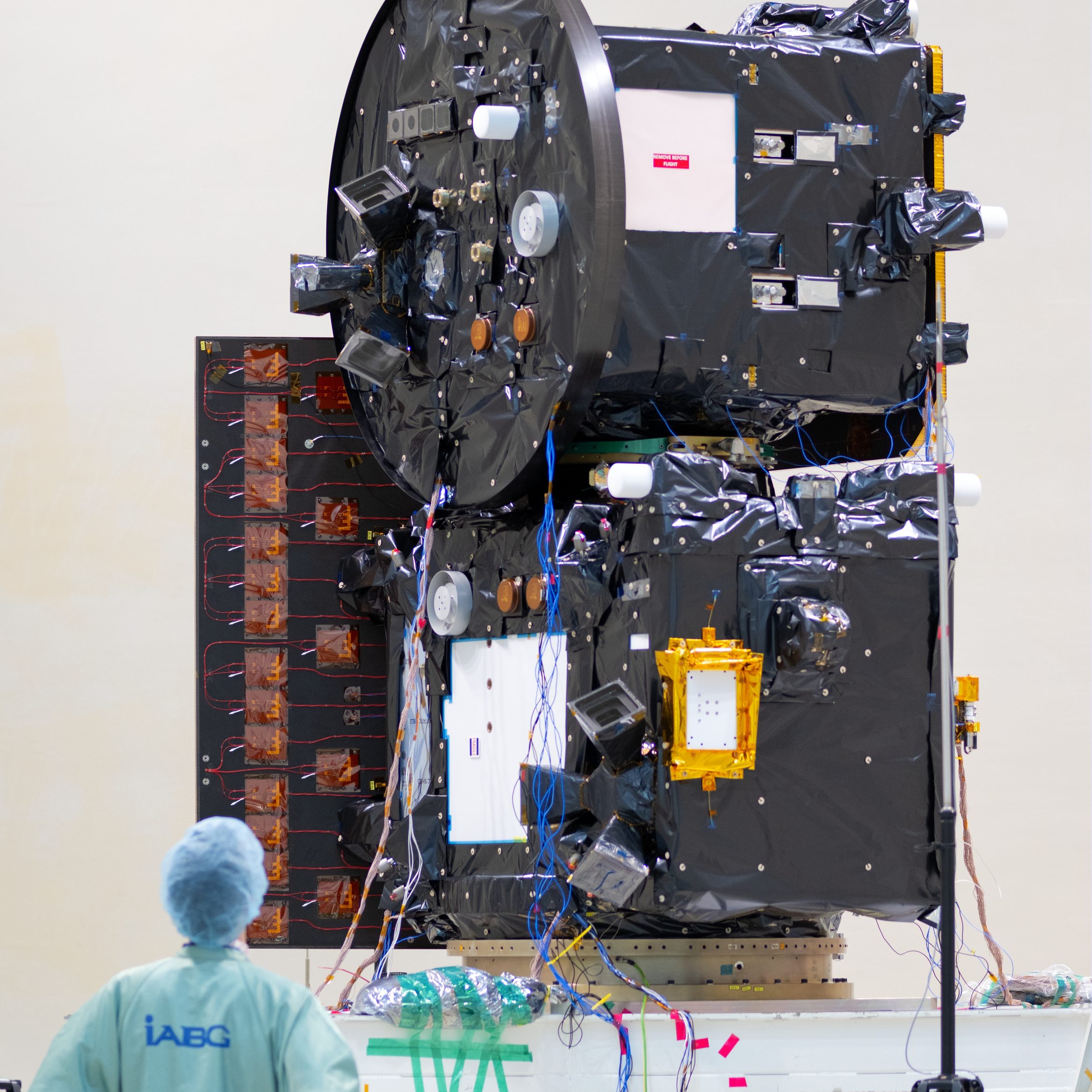
Orbit | High Elliptical Orbit (HEO) |
Launcher | PSLV-XL (ISRO) |
Ground station | Antennas of INTA (Spain) and SSC (Chile, Australia) |
Lifetime | 2 years |
Satellites | Coronagraph (300 kg/300W) |
Metrologies | Laser-based system (FLLS) |
Payloads & Experiments | ASPIICS (Coronagraph) |
Operation | Autonomous operations for 7 days |
The technology Group Sener lead the Proba-3 mission, for which it was fully responsible, in close collaboration with an industrial team consisting of Redwire Space, Airbus Defence and Space in Spain, GMV Space and Defence and Spacebel, which encompasses a broad industrial consortium of more than 29 companies from 17 different countries.
Proba-3 is part of ESA’s General Support Technology Programme (GSTP), and Spain’s participation was made possible thanks to the support of the CDTI (Center for Technological and Industrial Development).
Finally, Sener was responsible for the design, manufacturing, and testing of some of the units of the satellites:
